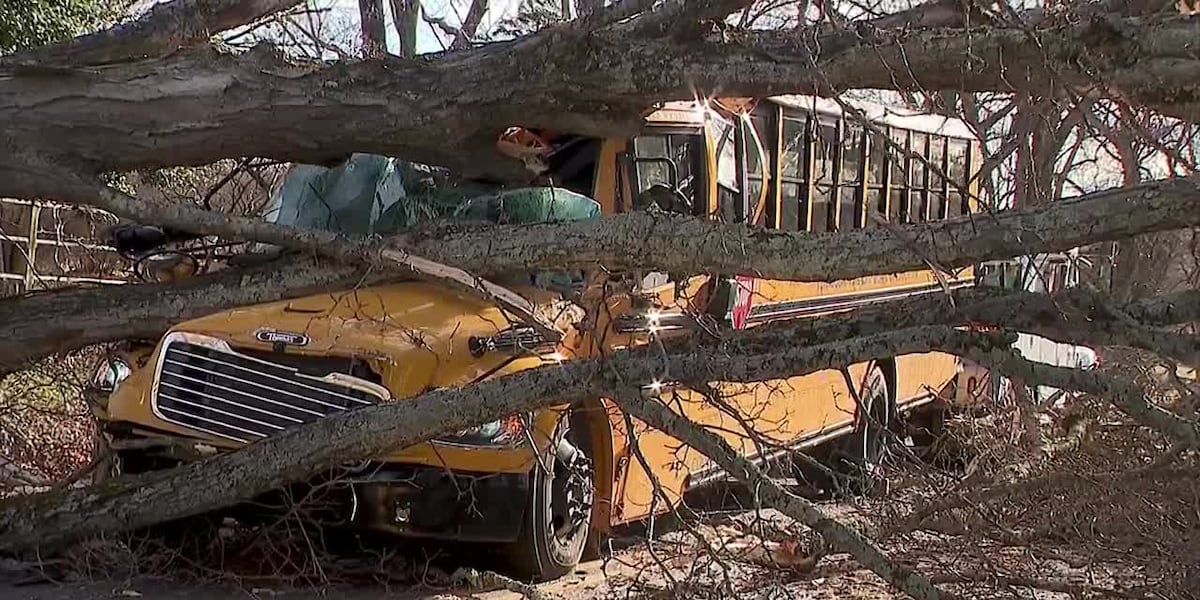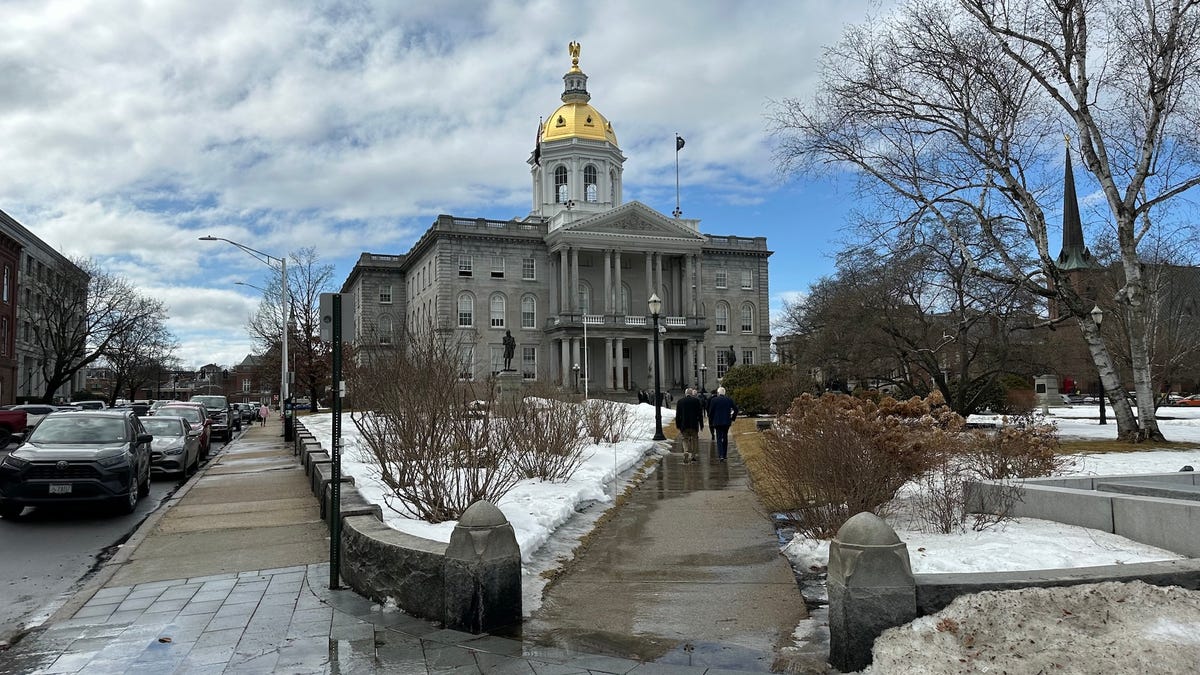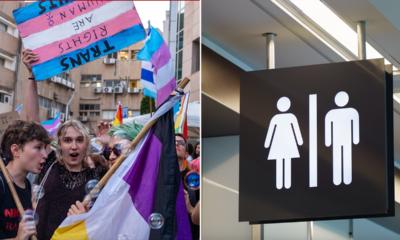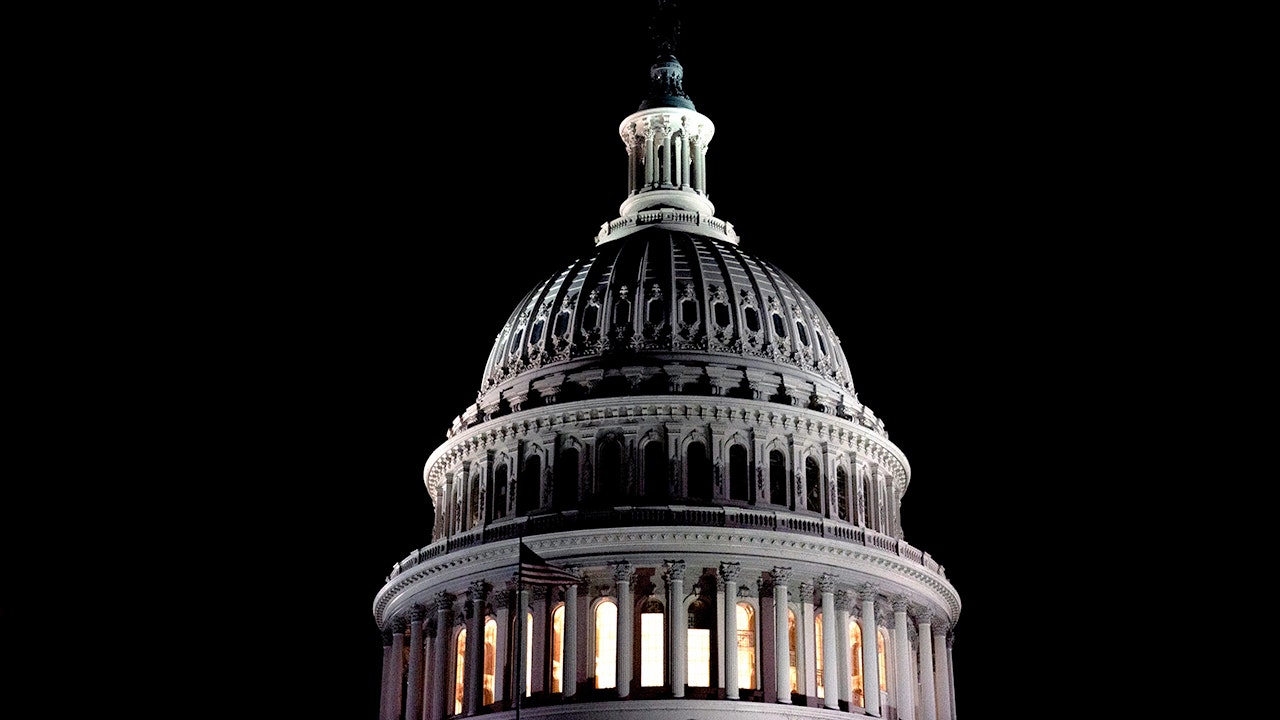NEWARK—The New Jersey Devils are not playing well as of late. And although their struggles appear team-wide, Saturday’s loss to the Ottawa Senators was seemingly the straw that broke the camel’s back. In his postgame press conference with the New Jersey media, head coach Sheldon Keefe called out defenseman, Johnathan Kovacevic, for his poor play.
READ MORE: Bratt’s Historic Night Marred; Devils’ Struggles Persist in Loss to Senators
Following the 3-2 loss, Kovacevic explained the Devils need to have a playoff-like mentality for the rest of the season, with the advantage of playing most of their games at the Prudential Center down the stretch.
“We have a pretty home-heavy schedule the rest of the rest of the way here. We got to make this place a hard place to play and a hard place to beat us,” Kovacevic explained. “I think that’s something that we want to take pride in. We’re in a fight, and hopefully that gets us in that playoff mentality 10-11, games out, and we carry that into the playoffs. Obviously the results are tough, but we’re in a fight here, and we’re not going to back down.”
Kovacevic was the direct culprit of New Jersey heading into an early power play during the first period on Saturday. He sent a puck over the glass and sat for a two-minute delay-of-game minor infraction.
Fortunately, the Devils were able to kill it off.
No harm, no foul.
However, over the last week, Kovacevic has really seen his struggles. At 5-on-5, he’s been out-chanced 24-31, with a 40.95 CF% and 39.29 xGF%.
*Per Natural Stat Trick
Keefe’s recognized that the defenseman who once was one of the NHLs best shut-down players this season has tailed off.
When prompted with Kovacevic’s message about the Devils having a playoff mentality, Sheldon Keefe put his defenseman on blast.
“Kovacevic just needs to play better. That would help,” Keefe scathed.
The criticism is harsh, but fair.
New Jersey just extended Johnathan Kovacevic to a five-year, $20 million contract. The extension was a reward for his positive play through most of the season.
Yet, since his usual defense partner, Jonas Siegenthaler, has been out of the lineup with injury, Kovacevic’s game has certainly waned.
The 27-year-old defenseman has shown he can be both reliable and unreliable without Siegenthaler by his side. He has yet to find the consistency he once touted, and it’s hurting the Devils at a crucial point of the season.
Kovacevic isn’t alone among players who need to be better. However, he was in Keefe’s crosshairs on Saturday.
For the newly extended, and far richer defenseman, the Devils need Kovacevic to find his game from earlier this season.
For more Devils news, visit New Jersey Hockey Now, subscribe to our YouTube and like our Facebook page.
Follow us on 𝕏:
@NJDHockeyNow, @JamesNicholsNHL, @NickNatale10
And on Threads:
@JamesNicholsNHL






























